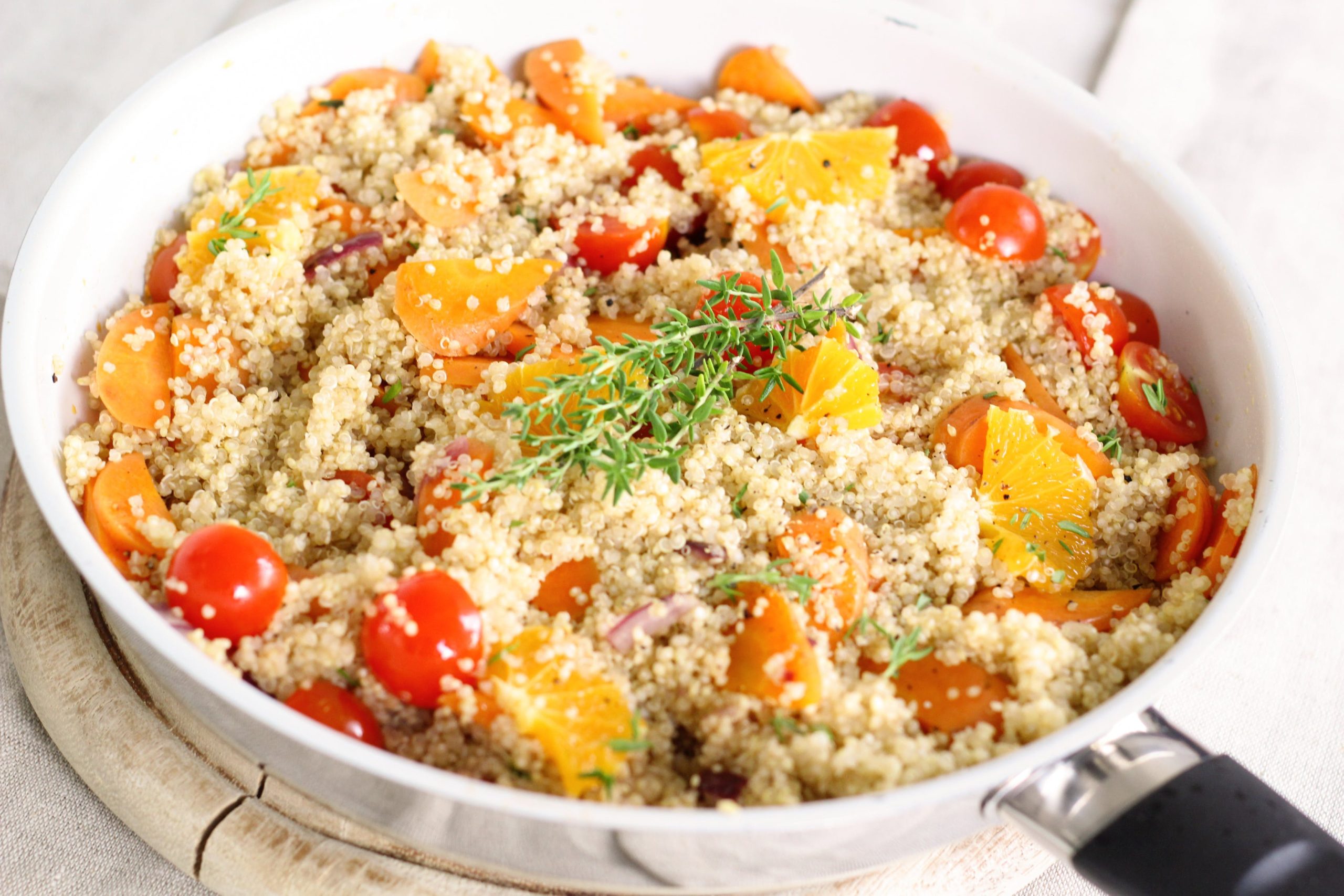Protein is necessary for an overall balanced diet. It’s a needed nutrient for the growth and repair of muscles, bones and skin.
If you are a vegetarian or vegan, getting enough protein in your diet is vital when you’ve cut down on the consumption of meat. Making the switch and focusing on plants for protein can be beneficial, however, because plant protein also supplies fiber — which animal proteins cannot provide. In addition, signs point to less risk of cardiovascular disease when you trim down on red meat.
Here are three protein-packed, plant-based foods you can start adding more of to your diet today.
1. Tofu
Tofu, or bean curd, is a versatile food that can be soft or firm. It’s made from soybeans, which are already regarded as one of the best sources of plant-based protein. With about 16 grams of protein per one-cup serving, it’s gaining popularity as a meat substitute and healthy eating trend for its ability to be seasoned any way you please.
Looking for a tasty method to prepare tofu? Try this Tofu & Green Bean Stir-Fry recipe that only needs six ingredients and makes a great leftover dish for lunches. If you like a spicier kick, Szechuan Tofu Stir-Fry is another yummy, simple meal you can cook for a protein boost anytime.
2. Lentils
Lentils are an inexpensive type of bean that comes in several varieties. Just a cup of cooked lentils provides up to 15 grams of protein and 15 grams of fiber. Lentils also contain folate, iron and potassium to support your heart and blood, while staying low on saturated fat and sodium.
Lentil beans have a subtle taste and hearty texture, perfect as a healthy alternative to meat in curries, soups and stews. They also pair nicely with salad greens and make a filling vegan chili!
3. Quinoa
Quinoa is a whole grain with an odd name but a straightforward source of eight grams of protein and five grams of fiber per one cup when cooked. It also offers manganese, magnesium and phosphorous, and it is gluten-free.
We recommend you try the recipe for Vegan Grilled Vegetable Quinoa, a highly nutritious mix of veggies and zesty flavors.
Tamari Soy Sauce
Did you know that SAN-J Tamari Soy Sauce contains over 30% more umami derived from soy protein than typical soy sauce? It also contains 18 amino acids you need, including nine essential amino acids that you can only get from your food.
SAN-J Tamari Soy Sauce is brewed with 100% soybeans, with no wheat content. Try SAN-J Tamari, and you’ll find it has a richer flavor than other typical soy sauces, good for pairing with all your protein-packed foods.
SAN-J also offers organic and reduced sodium varieties to accommodate your dietary preferences and needs including Organic Tamari, Reduced Sodium Tamari and Tamari Lite 50% Less Sodium, all of which are gluten-free and certified vegan. SAN-J’s Brown Rice Crackers and Wakame Soup are also certified vegan and gluten-free.
See all of our products and learn more about their benefits to your diet. Explore our recipe section to inspire your next plant-based meal with SAN-J Tamari!
Back to Top

